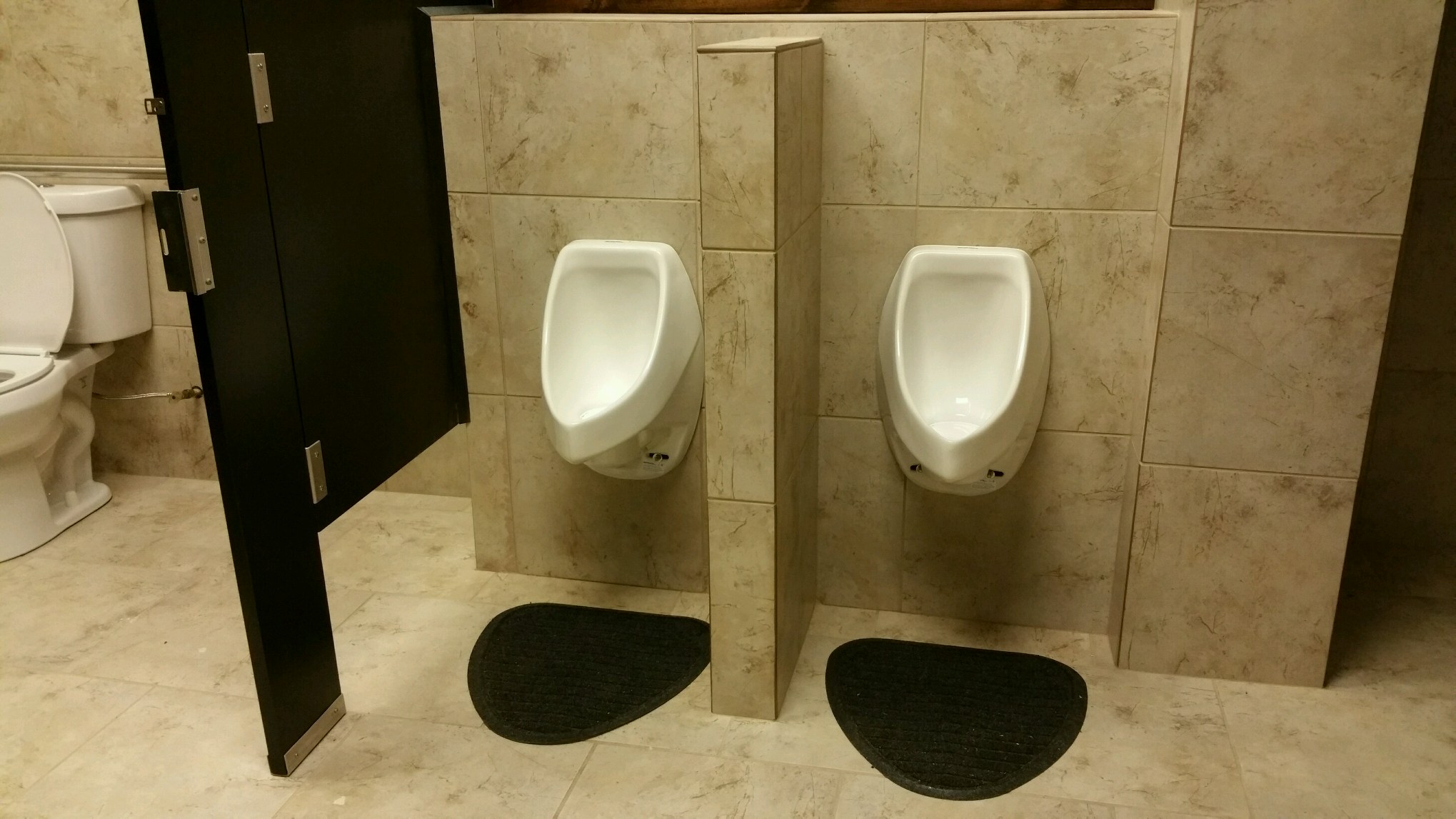Image on Pixabay by Renne Gossner
Many of our distributors and customers are now contacting us regarding Arizona's waterless urinal law.
Below is a summary of the law.
We are sharing this because other regions of the country are now considering similar legislation using Arizona's law as a model.
Legislative History
In spring 2004, the Arizona Legislature approved Senate Bill 1275, directing that all new state-owned buildings must install waterless urinals.
A waterless urinal uses no water and has no flush handles, manual or automatic. The technology enables urine to flow into a cylinder located at the base of the urinal and then into a sewer drain. This prevents restroom odors.
More information is below.
The law took effect on January 1, 2005, and applies to every agency facility, university building, veterans' home, prison, and office complex that was erected or fully renovated after that date.
Core Requirements
All new state buildings or major renovations must specify waterless urinals in plumbing plans.
Existing facilities undergoing minor upgrades are exempt from full renovation until the upgrades are complete.
The Arizona Department of Administration was charged with updating its Facility Standards Manual to incorporate these fixtures and training specifications for maintenance staff.
How Waterless Urinals Work
They use a mechanical trap or an oil-based sealant cartridge to prevent odors, rather than flushing water.
Typical cartridges last 3–12 months before replacement, depending on the no-water urinal selected.
No water line is tied to the fixture; only a small drain connection is required.
Mandated Building Types
All new Arizona state government buildings after the mandate’s effective date, including:
University buildings
Prisons and detention centers
Veterans’ homes
State office complexes
Agency facilities
Renovations Covered
Major renovations: Any full renovation of a state-owned building after January 1, 2005, required waterless urinal installation in restroom plumbing plans.
Minor upgrades: Buildings undergoing partial or minor upgrades were exempt until a full renovation was undertaken.
Facilities Not Covered
The law does not cover privately-owned buildings, schools not owned by the state, or federal buildings (unless the federal government or Department of Defense voluntarily applied similar standards).
Local government buildings (county or city) and private sector facilities were not included unless they adopted their own mandates or rebate programs.
Water-Savings Impact
Each waterless urinal saves an average of 1 gallon per flush cycle.
For a moderate-traffic building (5 urinals, 200 uses per day), annual savings can exceed 365,000 gallons of potable water.
Statewide, the project estimates that up to 200 million gallons will be saved per year once fully implemented.
Cost & Maintenance Considerations
Initial fixture costs are comparable to those of a standard urinal.
Installation costs are typically lower because no water-delivery piping is needed.
The payback period typically ranges from 2 to 4 years, depending on facility usage and local water rates.
Cartridge replacements cost $15–$40 each, depending on the brand selected; annual cleaning and maintenance training is folded into existing custodial contracts.
Arizona Implementation Timeline & Follow-Up
1. January 1, 2005: Mandate begins for all design bids.
2. 2005–2006: Pilot installations at five major universities and the state capitol complex.
3. 2007: Performance review found odor complaints under 1% and full payback achieved at high-use sites.
4. Since 2008, waterless urinals have become standard in every new state project.
Beyond Arizona, several other western states studied similar mandates by 2010, and many municipal governments have since offered rebates to encourage retrofits in private buildings.
For more information or questions, please contact Waterless Co. Inc.

















